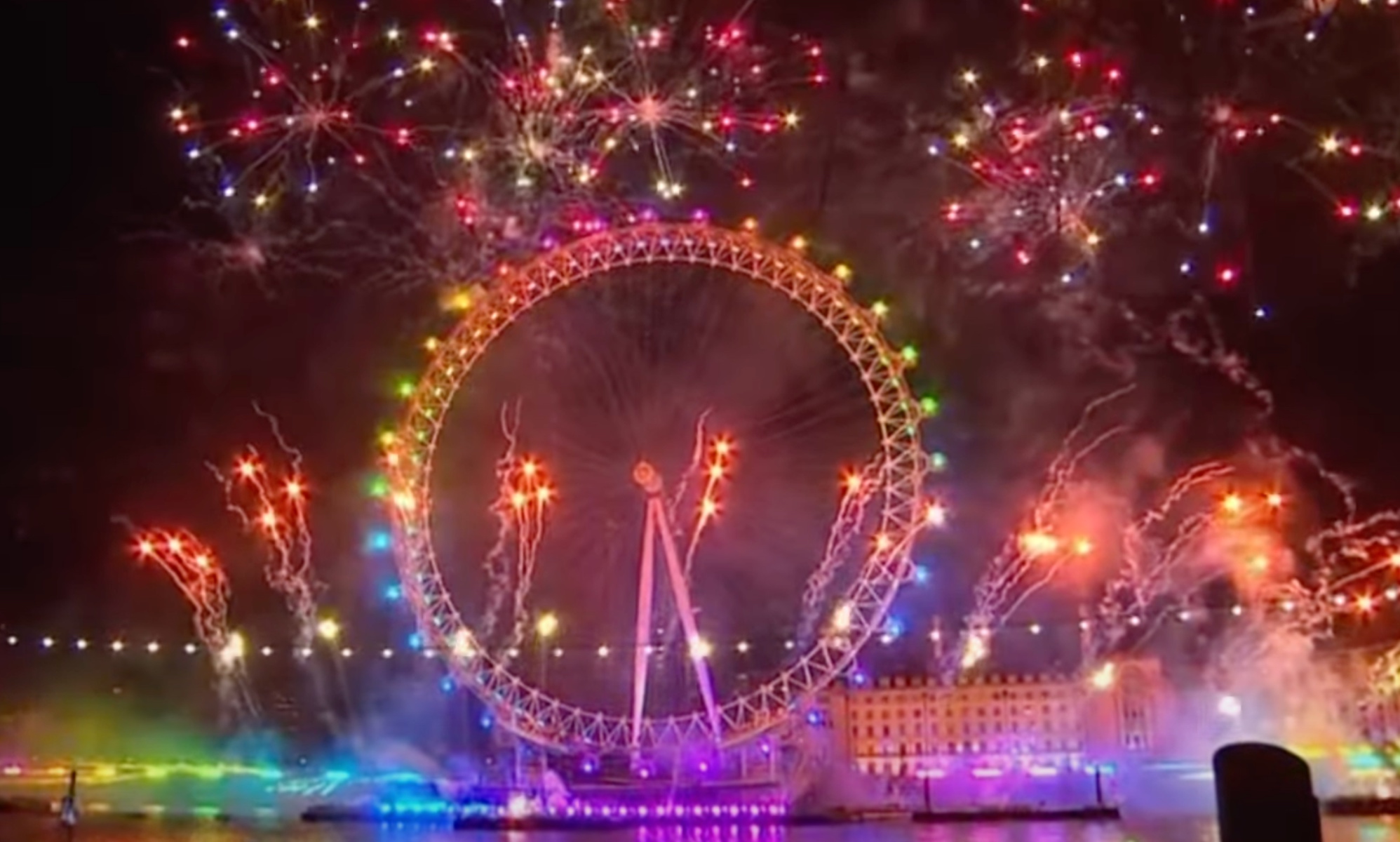
New Year's Eve Fireworks Amid Inversion: Don't Blame Others When Your Lungs Give Out
The Health Hazards of Fireworks
As the new year approaches, many people eagerly anticipate the dazzling spectacle of fireworks. However, behind the vibrant displays of colors and light lies a hidden danger that can have severe consequences for our respiratory health. Fireworks release a cocktail of harmful pollutants into the air, including fine particulate matter (PM2.5) and black carbon, which can penetrate deep into the lungs and cause a range of health problems.
Fine particulate matter (PM2.5) consists of tiny particles with a diameter of 2.5 micrometers or less, which can easily bypass our natural defenses and enter the bloodstream. Exposure to PM2.5 has been linked to an increased risk of cardiovascular and respiratory diseases, including asthma, bronchitis, and lung cancer. Studies have shown that even short-term exposure to high levels of PM2.5 can cause inflammation and oxidative stress in the lungs.
Black carbon refers to tiny particles of elemental carbon that are formed during the incomplete combustion of fossil fuels and other materials. Black carbon is a major contributor to air pollution and has been associated with a range of adverse health effects, including increased risk of lung and cardiovascular diseases. Black carbon can also act as a carrier for other toxic substances, further exacerbating its harmful impact.
The Role of Inversion
The impact of firework pollutants on our health is amplified during inversion events. Inversion occurs when a layer of warm air traps colder air near the ground, creating a stable atmosphere that inhibits vertical mixing. Under these conditions, pollutants released from fireworks become trapped and accumulate near the surface, reaching higher concentrations than in normal atmospheric conditions.
Inversion events are common during wintertime, particularly in urban areas where tall buildings and limited airflow can trap pollutants. When combined with firework emissions, inversion can create a hazardous air quality situation that can pose a significant risk to public health.
Real-Life Examples
Numerous real-life examples underscore the severe health consequences of fireworks amid inversion events. In 2018, Beijing experienced a severe inversion episode during the Chinese New Year celebration, resulting in a spike in air pollution levels. Hospitals reported a surge in patients with respiratory problems, including asthma attacks and bronchitis. Similar events have been reported in other cities around the world, including Sydney, London, and Los Angeles.
Shifting Blame
Amidst the health concerns, it is crucial to emphasize that blaming others for respiratory problems caused by fireworks is unacceptable. While it is true that some individuals may be more susceptible to the effects of air pollution due to pre-existing conditions or prolonged exposure, ultimately, the responsibility lies with those who choose to set off fireworks and the authorities who permit them.
It is important to recognize that fireworks are not a necessary part of New Year's Eve celebrations. There are numerous alternative ways to mark the occasion that do not pose a risk to public health, such as light shows, laser displays, or community events that prioritize clean air.
Conclusion
As we reflect on the arrival of the new year, let us not overlook the hidden dangers lurking within the vibrant displays of fireworks. The health hazards associated with firework pollutants are real and cannot be dismissed. During inversion events, the impact of these pollutants is amplified, posing a significant risk to our respiratory systems.
It is crucial to shift our focus away from blaming others and towards promoting responsible behavior and advocating for clean air policies. By choosing alternative ways to celebrate New Year's Eve and supporting measures that reduce air pollution, we can create a healthier and more sustainable future for ourselves and generations to come.